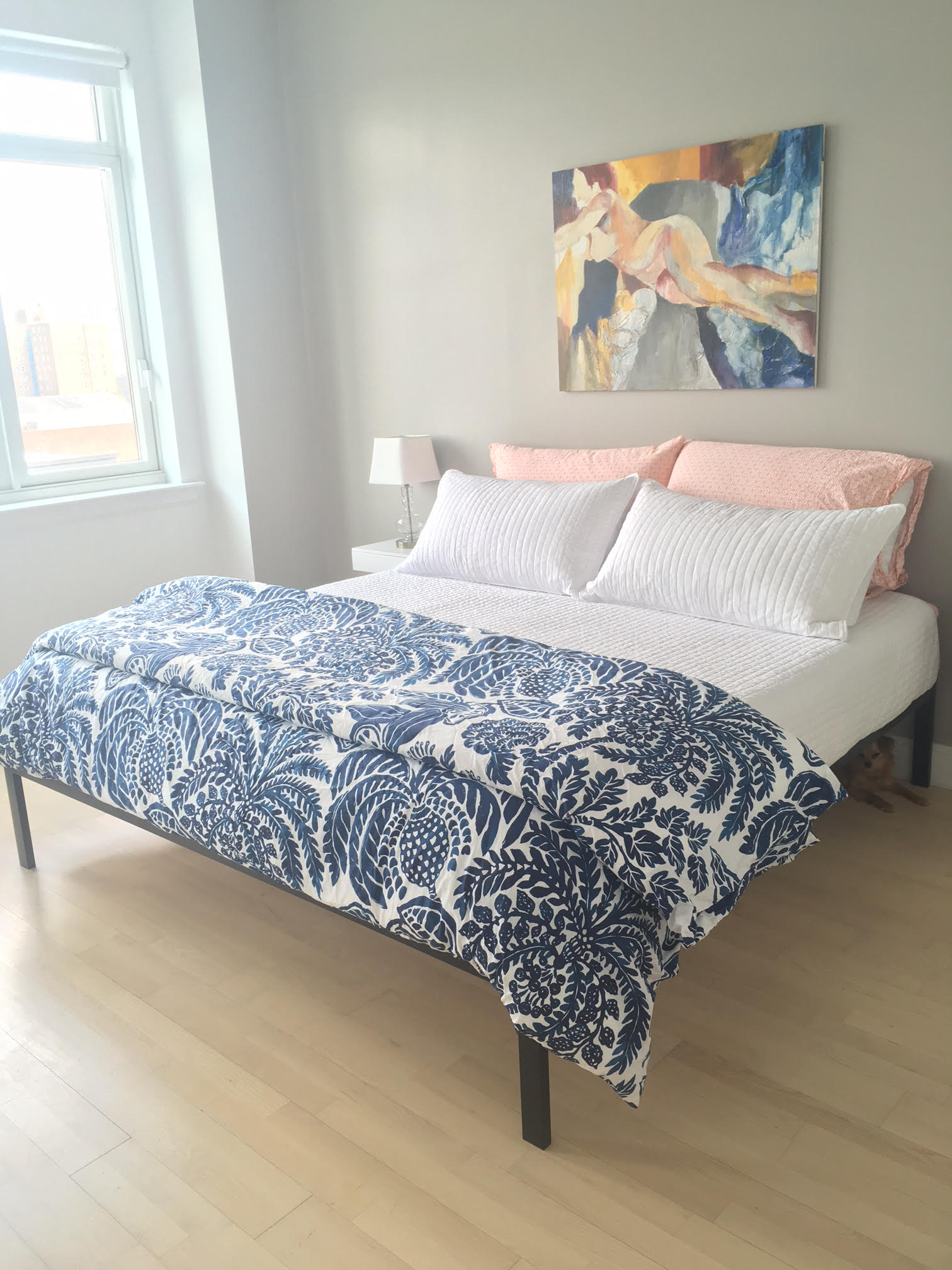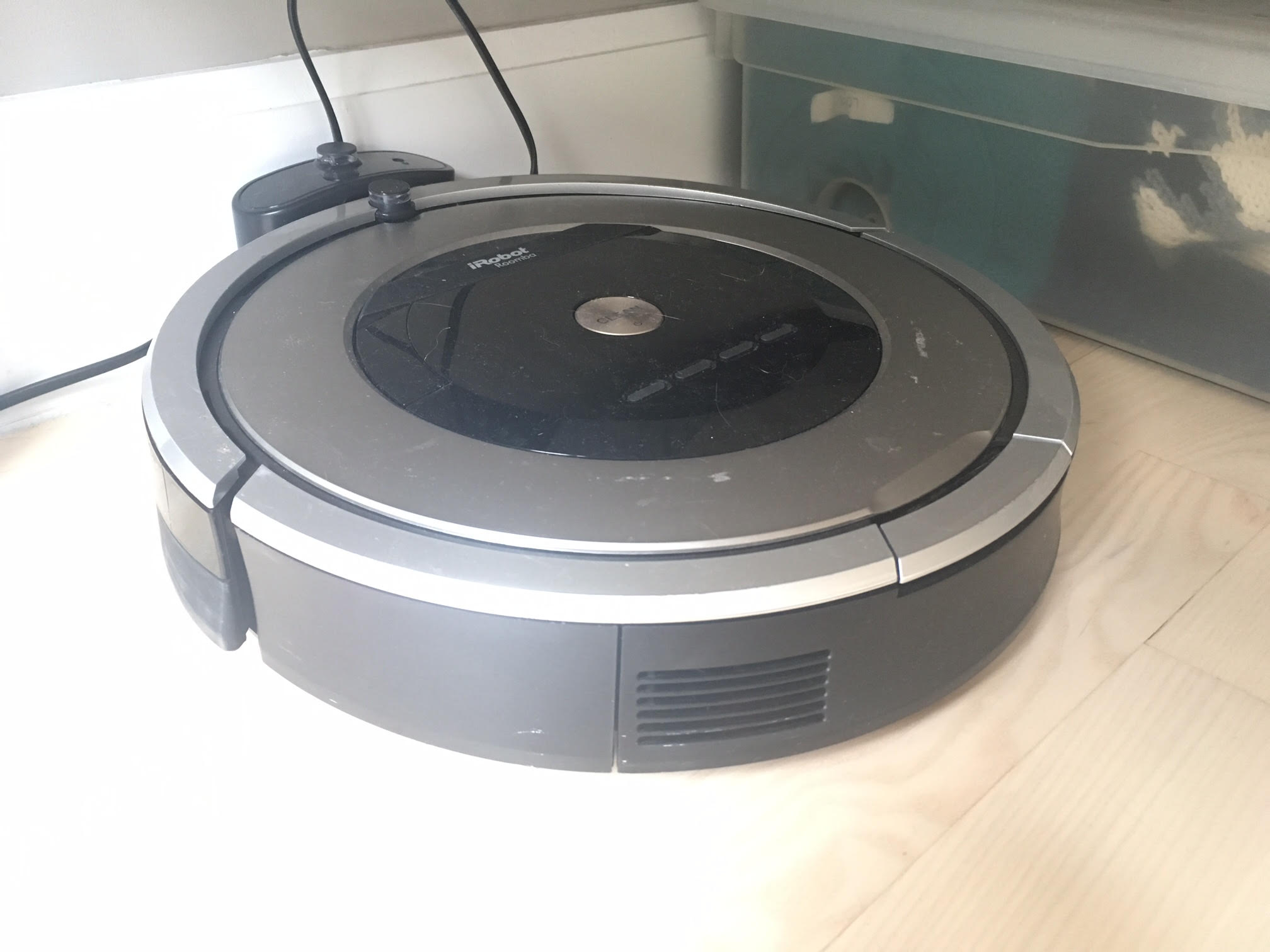For all but the most stoic, letting go of our possessions is tough. My book, and many others, explore the psychology of object attachment, and the “why” and “how” of saying goodbye to things that don’t serve us. We know what a challenge it can be to sell, donate, recycle, or trash things like:
Clothes that don’t fit our bodies or lifestyles, or are in poor condition or out of style
Childhood artwork
Books and publications we’ll never read
Kitchen gadgets we don’t use
Decorative items or gifts we don’t like, etc…
But even though it’s hard to give them up, objects that fall into these categories are what I call the “low-hanging fruit” of de-cluttering. No matter how much space you may have in your HOME, it’s worthwhile to get rid of things that you don’t like or need because it frees up space in your LIFE.
Objects that fall into these categories are what I call the “low-hanging fruit” of de-cluttering.
Sometimes, though, circumstances demand that even more is sacrificed for the sake of peace and productivity. Whether you’re facing space constraints, budget limitations, reduced time, or minimized energy levels, a reduction in resources requires a change in priorities. The hardest things to let go of are things we actually do love and use.
The hardest things to let go of are things we actually do love and use.
Downsizing, job and income changes, new babies, illnesses, and other life changes sometimes necessitate getting rid of perfectly good belongings in order to honor changing priorities. Take for instance, a busy working couple living in a two-bedroom apartment and expecting a child. The first step toward making space for a baby in a small space is to tackle the low-hanging fruit: old clothes and papers, rarely-used kitchen supplies, unnecessary decorative items, outgrown hobby supplies, etc. But what if, after all of that, there’s still not enough space to accommodate a new addition?
That’s when this couple must identify where sacrifices can be made to serve the new, higher priority. Our expectant mother might take great pleasure in dressing to the nines. She may have spent years and thousands of dollars assembling a beautiful, extensive wardrobe. But the spare room that once accommodated extra clothes, shoes, and accessories is needed now for a nursery, and the time required to assemble, clean, and maintain those fabulous outfits is now redirected to childcare. What once was a high priority (dressing in a certain manner and with a certain degree of variety) has been replaced with a new, higher priority. This woman’s affinity for fashion hasn’t diminished but her new life choice has, nonetheless, taken its place on the priority list. A new, stricter set of parameters must be outlined for her to determine which of her clothes to keep.
So how do you say goodbye to perfectly good stuff that you use and enjoy? The answer is the same as ever:
First, remember WHY you’re making the sacrifice. You’re giving up an object so you can gain an experience. As always, it’s best to focus not on what you’re losing, but what you’re gaining.
Remember why you’re making the sacrifice.
Also, concentrate on the opportunity you’re passing on to the object’s next owner. When you’re parting with items that are in good shape, you can usually sell or donate them. Think about the next person who will have a chance to wear that sweater, rock in that chair, or read that book.
Finally, keep in mind that letting go is usually the hardest part. Once it’s gone, it’s unlikely that you’ll think much about it…especially when you’re cradling your new infant, watching your savings account grow, or sailing around the world!



















































